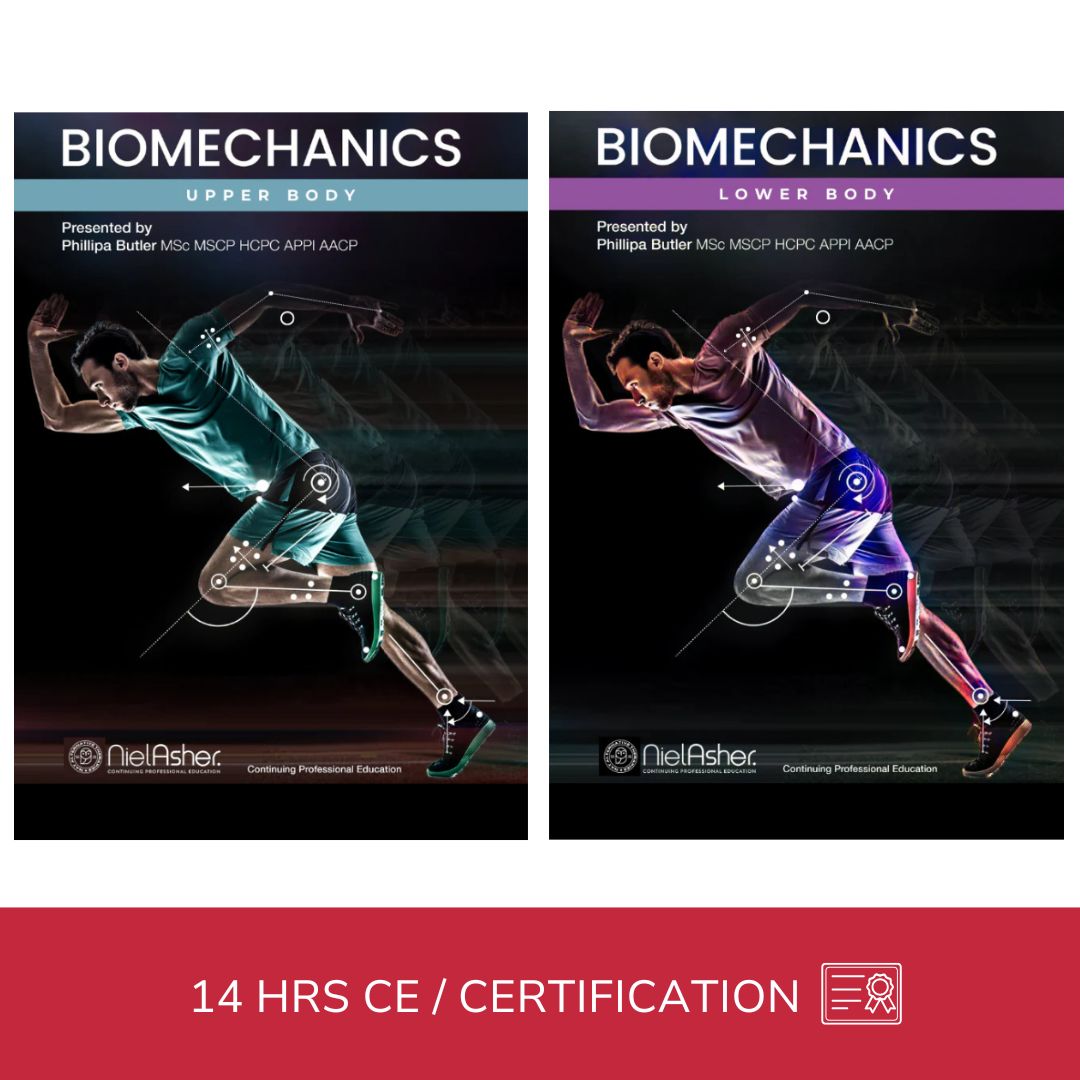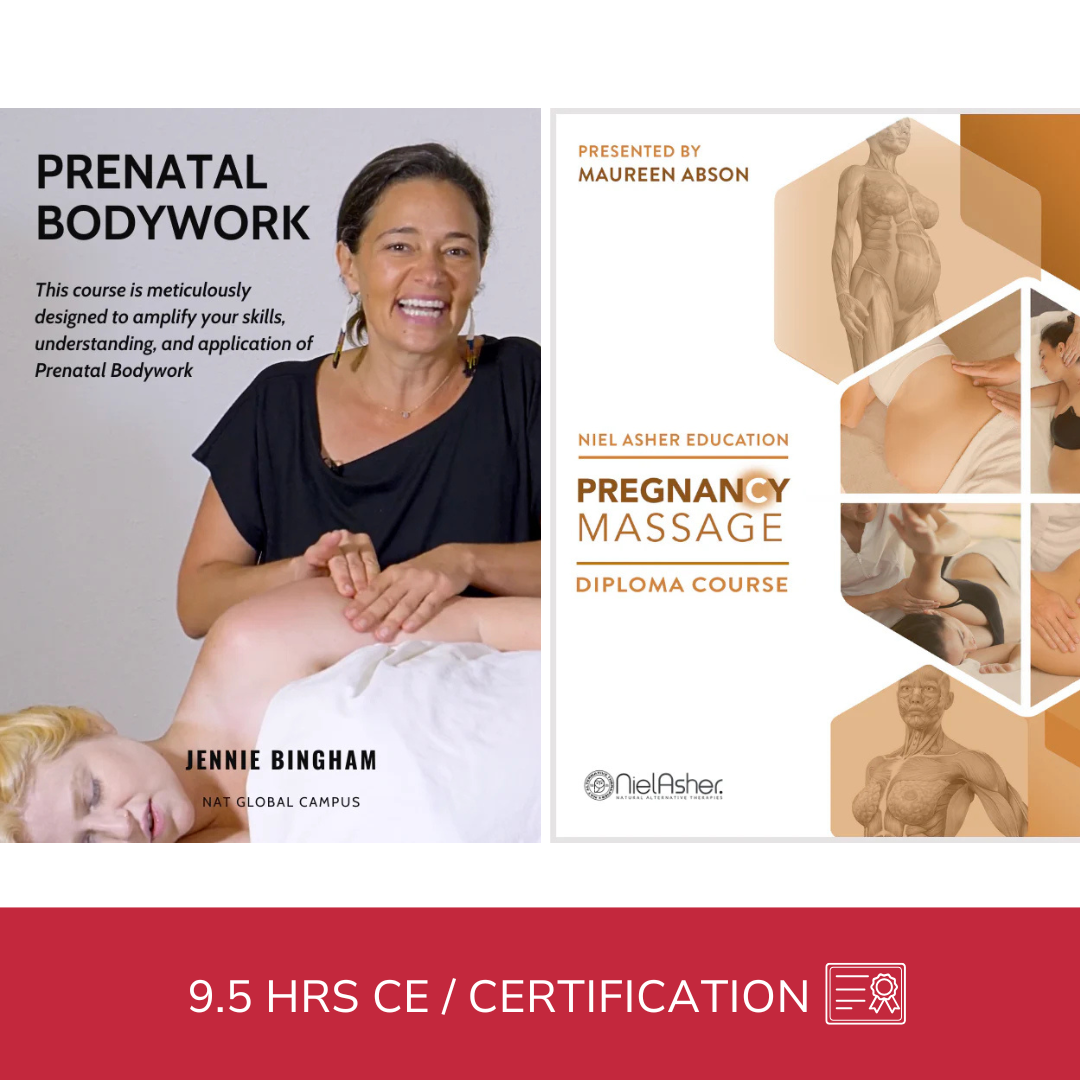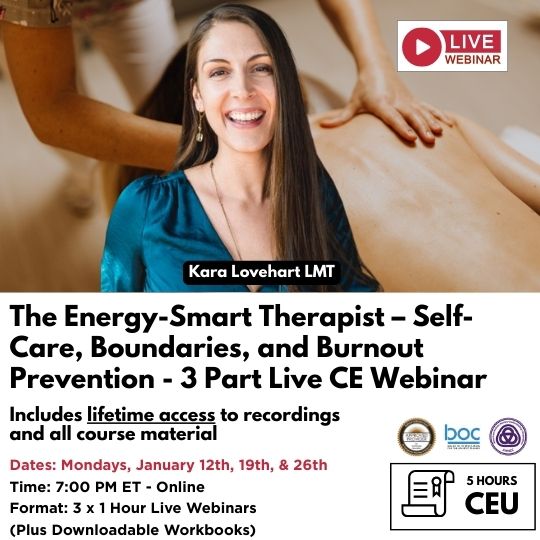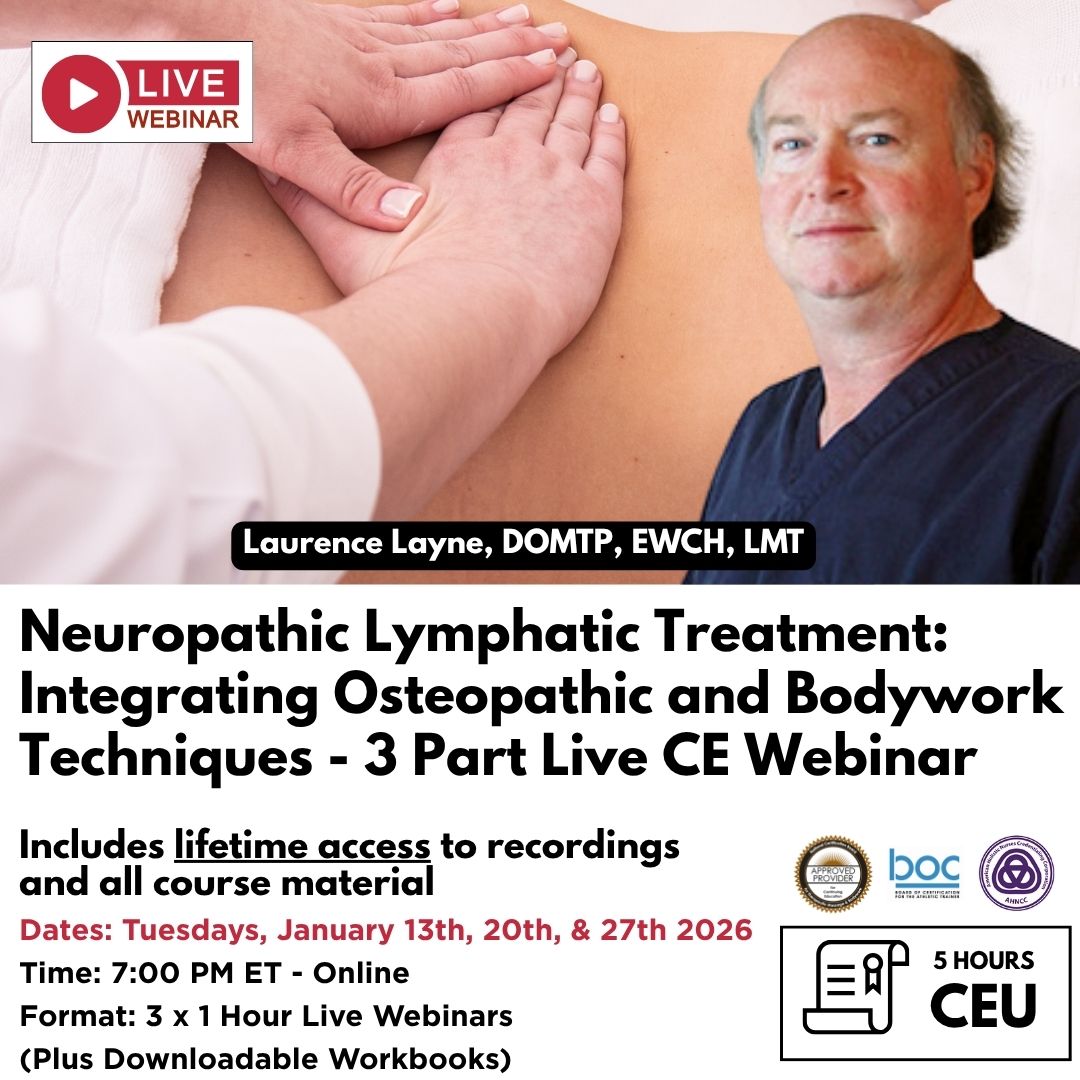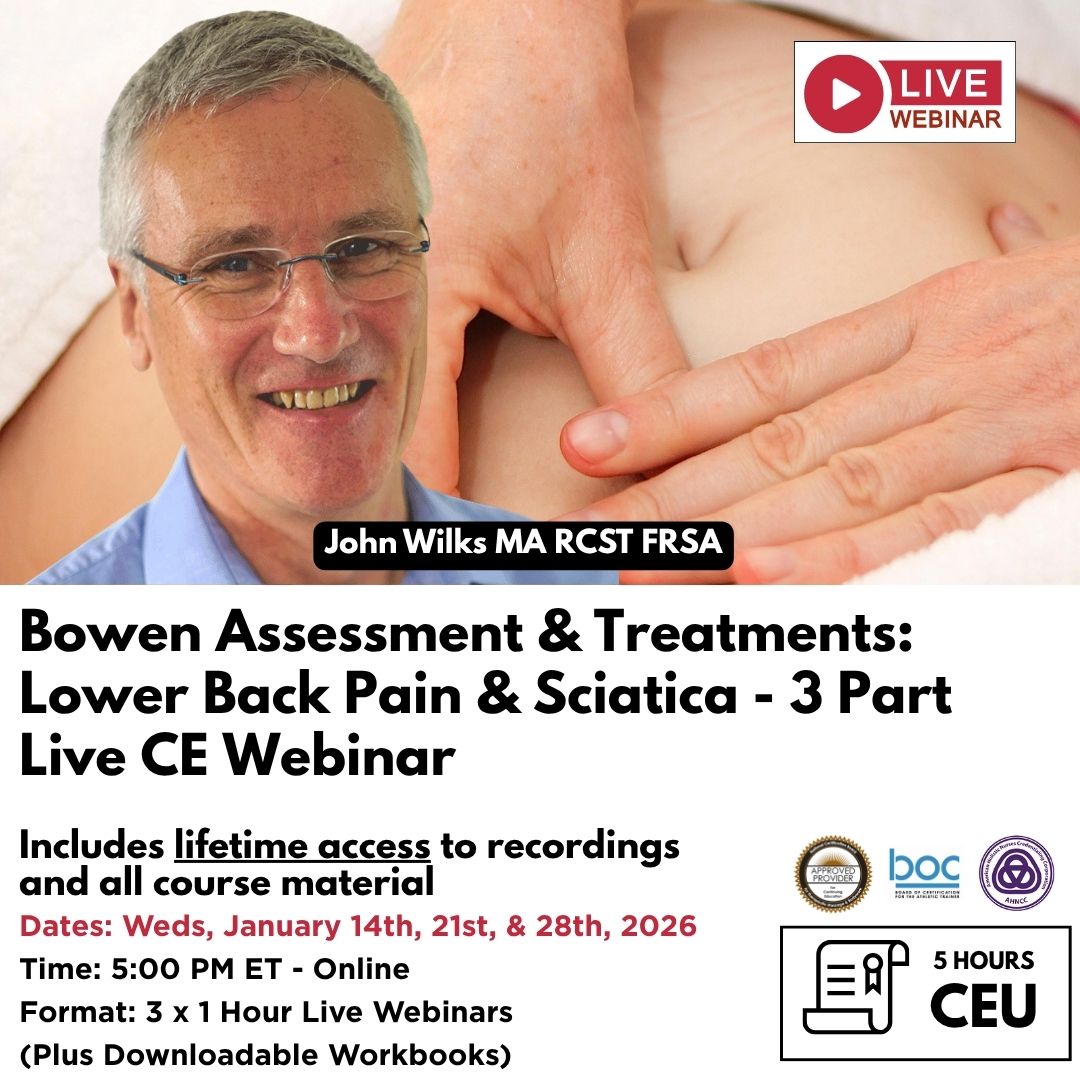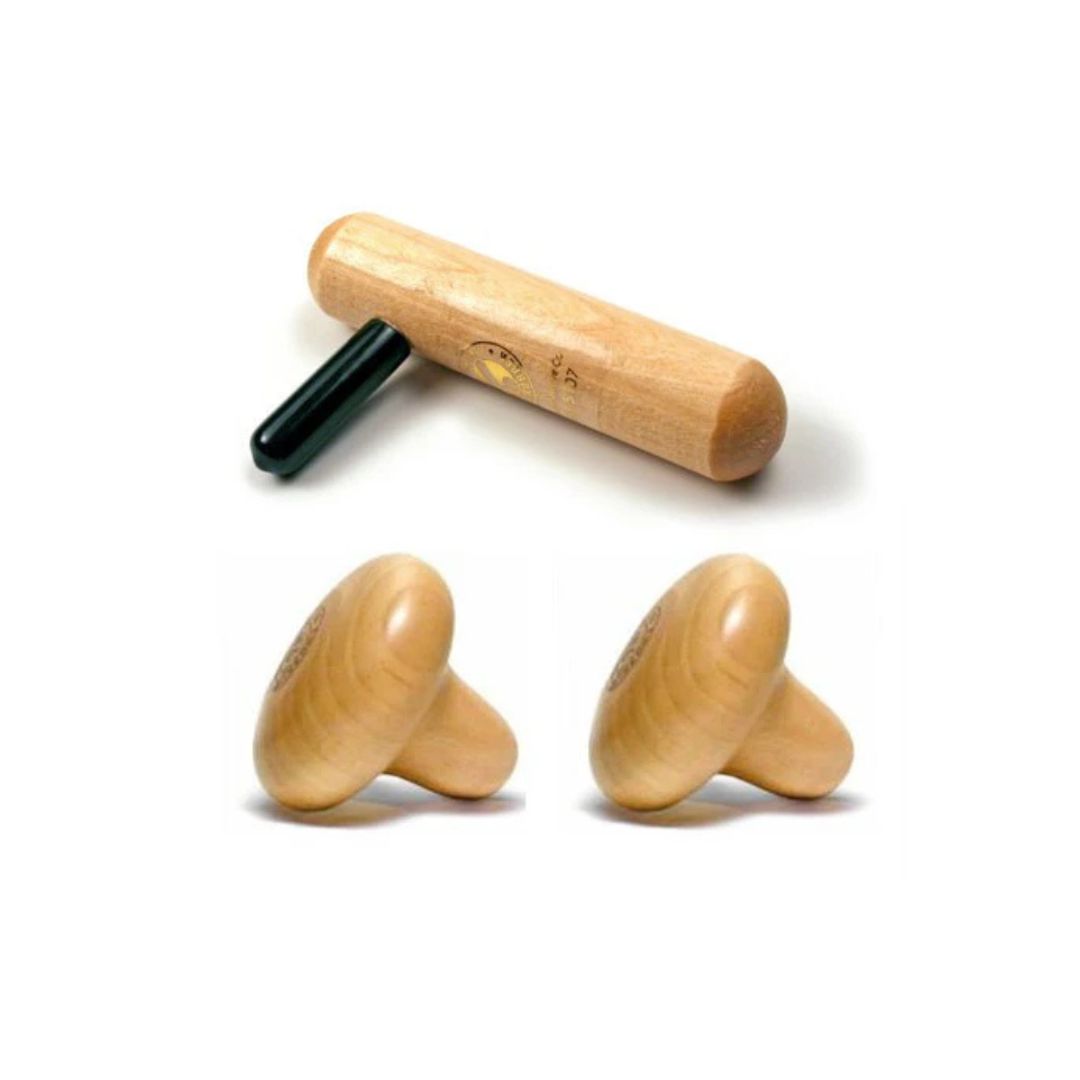10 Things You Might Not Know About Cranio-Sacral Therapy
Are You Already Using CST Techniques Without Realizing It?
Cranio-Sacral Therapy (CST) is a therapy that tends to evoke strong opinions—some swear by it, while others dismiss it outright. If you're a massage therapist or manual therapist, you might have encountered clients who claim that CST has helped them tremendously, while at the same time, you may have colleagues who consider it to be little more than a placebo.
For those who are skeptical, I completely understand. Many aspects of CST are subtle, and the explanations often veer into concepts that aren't traditionally taught in anatomy and physiology courses. But before we throw the baby out with the bathwater, let’s take a step back and explore what CST is, where it comes from, and why it remains a therapy that some therapists—and many clients—find valuable.
Here are ten things you might not know about Cranio-Sacral Therapy.
1. It Originated from Osteopathy
Cranio-Sacral Therapy has its roots in osteopathy and was first developed by Dr. William Sutherland, an osteopath, in the early 1900s. While studying the cranial sutures—the joints between the bones of the skull—Sutherland noticed that they appeared to be designed for a small degree of movement. This was contrary to the common belief that adult skull bones were fused together and immobile.
Through years of experimentation, he came to believe that these bones exhibited a rhythmic motion and that this movement was connected to the central nervous system, cerebrospinal fluid, and overall body function. His work laid the foundation for what later became Cranial Osteopathy, which then evolved into Cranio-Sacral Therapy in the 1970s through the work of Dr. John Upledger.
Upledger, an osteopath and researcher, refined and expanded Sutherland’s theories, making them more accessible to non-osteopaths. His work brought CST into the realm of manual therapy, where massage therapists, physical therapists, and other bodyworkers could learn and apply it.
2. The “Cranio-Sacral Rhythm” Is Controversial but Fascinating
One of the biggest points of contention in CST is the idea that there is a subtle “cranio-sacral rhythm” separate from the more well-known rhythms of the body, such as the respiratory or cardiac rhythms.
Practitioners of CST claim to be able to feel this rhythm as a gentle, wave-like motion throughout the body, with particular focus on the movement of cerebrospinal fluid between the cranium and sacrum. However, this rhythm has not been consistently measured or identified by scientific instruments, which leads many to dismiss CST as unscientific.
That said, even if we set aside the idea of a distinct cranio-sacral rhythm, the hands-on techniques used in CST involve gentle, sustained holds that are not unlike other widely accepted manual therapy approaches, such as myofascial release.

3. It’s a Subtle but Deeply Relaxing Therapy
Unlike deep tissue massage or vigorous manipulations, CST is incredibly gentle. A typical session involves the practitioner placing their hands lightly on the client's skull, sacrum, or other areas while applying what is often described as a “listening touch.”
This can sound bizarre to those accustomed to more direct and forceful methods. However, many clients report profound relaxation during a session. Some even describe a sense of deep stillness or internal “unwinding.”
Even if one doesn’t fully buy into the cranio-sacral rhythm theory, it’s undeniable that prolonged, gentle, and focused touch can have powerful effects on the nervous system. Many therapists who integrate CST into their practice find that it helps with clients who struggle with stress, tension, and chronic pain.
4. It Can Be an Effective Tool for Addressing Chronic Pain
One of the reasons CST remains popular among clients is that it is often sought out by people with chronic pain conditions—especially those who have not responded well to conventional treatments.
For example, some people with persistent headaches, migraines, TMJ dysfunction, and fibromyalgia report relief after receiving CST. While the mechanisms are not well understood, the therapy’s emphasis on gentle touch and nervous system regulation may contribute to its effectiveness.
At the very least, CST encourages deep relaxation, which can play a significant role in pain perception. Many chronic pain conditions involve a heightened nervous system response, and any therapy that helps dial down that overactivity may be beneficial.
5. There’s a Growing Interest in CST for Trauma and the Nervous System
In recent years, CST has gained attention in trauma therapy circles due to its potential effects on the autonomic nervous system.
A core aspect of CST is that it encourages the body to shift out of a fight-or-flight state and into a more parasympathetic, rest-and-digest state. This aligns with current understandings of trauma and the nervous system, where many conditions are linked to dysregulation of the autonomic nervous system.
While CST is not a replacement for psychological therapy, some clients report feeling a sense of emotional release or nervous system reset after sessions. This has led some therapists to integrate CST into their approach when working with clients who have PTSD, anxiety, or chronic stress patterns.
6. It Is Not a Cure-All (and Shouldn’t Be Sold as One)
Let’s be clear: CST is not a magical cure for all ailments.
Unfortunately, some proponents of CST have made extravagant claims that it can treat everything from learning disabilities to serious neurological conditions. This kind of overreach has contributed to the skepticism surrounding CST.
For those considering integrating CST into their practice, it’s crucial to remain grounded. It is a gentle and supportive therapy that may help with relaxation, pain modulation, and nervous system balance, but it is not a replacement for medical care or other essential therapies.

7. Even If You’re Skeptical, the Power of Touch Is Undeniable
Skepticism is healthy—it keeps us asking questions and prevents us from blindly accepting things without evidence.
However, even if you don’t fully buy into the cranio-sacral rhythm concept, there’s something to be said for the power of slow, mindful touch. Many of the principles in CST—such as listening to the tissues, working with the nervous system, and encouraging the body’s self-correcting mechanisms—align with what we know about other manual therapies.
In many ways, CST is simply a refined way of applying hands-on therapy in a way that supports the body’s natural processes.
8. Some Massage and Manual Therapists Use CST Without Realizing It
Have you ever placed your hands on a client’s sacrum or cranium and felt a subtle shift, as if the body was adjusting itself? Have you ever held a sustained light touch and noticed a client melting into the table?
If so, you may have already tapped into some of the principles of CST without labeling it as such. Many experienced bodyworkers develop an intuitive sense of how to work with the body's rhythms. CST simply provides a structured approach to that intuition.
9. Learning CST Can Change the Way You Approach Manual Therapy
Even if you don’t end up using CST as a primary modality, training in it can deepen your understanding of how the body responds to touch.
Many therapists who study CST find that it changes how they approach other types of manual therapy. They become more attuned to subtle shifts in the tissues, more patient in their approach, and more aware of the profound effects of light touch.
10. The Debate Over CST Is Unlikely to Be Settled Anytime Soon
CST remains one of the more debated therapies in the manual therapy world.
While scientific validation is still lacking, the sheer number of clients who seek it out and report benefits suggests that there’s something worth exploring.
If you’re curious about CST, the best way to understand it is to experience it firsthand. Try a session, observe how your body responds, and decide for yourself whether it has a place in your practice.
At the very least, CST offers another perspective on how we interact with the body—a perspective that, whether you embrace it or not, challenges us to think more deeply about the power of touch.
Integrative Cranio-Sacral Therapy (Learn Online)
Unlock the secrets of Cranio-Sacral Therapy with renowned Athletic Trainer and Sports Massage Therapist, Kelly Saxton, in this comprehensive online course. Whether you're a licensed massage therapist, physical therapist, chiropractor, or other rehabilitation professional, this course is your gateway to amplifying your skills, understanding, and application of Cranio-sacral Therapy.
With over 15 years of experience, including her tenure as an athletic trainer with the Penn State women's soccer team, where she contributed to three national championships, Kelly Saxton brings unparalleled expertise and insight to this transformative course.
Course Highlights:
- Expert Instruction: Benefit from Kelly's extensive knowledge and practical experience as she guides you through 3 hours of engaging video classes.
- Comprehensive Curriculum: Explore the principles, techniques, and applications of Cranio-Sacral Therapy in-depth, with a focus on enhancing your ability to assess and address cranio-sacral imbalances.
- Illustrated Course Workbook: Receive a fully illustrated course workbook to complement the video content, providing additional context and visual aids for your learning journey. Read online or download to any device.
- Online Certification Exam: Put your newfound knowledge to the test with an online exam, and upon successful completion, receive a certification in Cranio-Sacral Therapy.
- Accessible Anywhere, Anytime: Access the course online from any device, or download the content to learn at your own pace, wherever and whenever it's convenient for you.
Who Should Enroll: This course is ideal for licensed rehabilitation professionals with a passion for manual therapy and a desire to expand their skill set. Whether you're a seasoned massage therapist looking to incorporate Cranio-Sacral Therapy into your practice or a physical therapist seeking new techniques for patient care, this course is designed to meet your needs.
Take the Next Step: Elevate your practice and empower your clients to experience profound healing with Cranio-Sacral Therapy. Enroll in Kelly Saxton's online course today and embark on a journey of discovery and transformation in the world of manual therapy.
References and Further Reading
If you’d like to dig deeper into the topic, here are some useful resources:
- Upledger, J. (1987). Craniosacral Therapy. Eastland Press.
- Green C, Martin CW, Bassett K, Kazanjian A. (1999). "A systematic review of Craniosacral Therapy: biological plausibility, assessment reliability, and clinical effectiveness." Complementary Therapies in Medicine, 7(4), 201-207.
- Hartman, SE, Norton, JM. (2002). "Cranial osteopathy and craniosacral therapy: A critical appraisal." Physical Therapy in Sport, 3(1), 28-34.
- Stillerman, E. (2012). Craniosacral Therapy and the Energetic Body: An Overview of Craniosacral Biodynamics. North Atlantic Books.
For a skeptical but balanced perspective:
- Hall, H. (2012). "Craniosacral Therapy: More Than a Headache." Science-Based Medicine.
Disclaimer
Cranio-Sacral Therapy (CST) is a complementary therapy and should not be considered a replacement for conventional medical treatment. While many clients report benefits, CST is not a proven treatment for any specific condition. Manual therapists and massage therapists integrating CST into their practice should do so within the scope of their training and professional guidelines. Clients with serious medical concerns should always consult a licensed healthcare provider before pursuing CST.
About Niel Asher Education
Niel Asher Education (NAT Global Campus) is a globally recognised provider of high-quality professional learning for hands-on health and movement practitioners. Through an extensive catalogue of expert-led online courses, NAT delivers continuing education for massage therapists, supporting both newly qualified and highly experienced professionals with practical, clinically relevant training designed for real-world practice.
Beyond massage therapy, Niel Asher Education offers comprehensive continuing education for physical therapists, continuing education for athletic trainers, continuing education for chiropractors, and continuing education for rehabilitation professionals working across a wide range of clinical, sports, and wellness environments. Courses span manual therapy, movement, rehabilitation, pain management, integrative therapies, and practitioner self-care, with content presented by respected educators and clinicians from around the world.
Known for its high production values and practitioner-focused approach, Niel Asher Education emphasises clarity, practical application, and professional integrity. Its online learning model allows practitioners to study at their own pace while earning recognised certificates and maintaining ongoing professional development requirements, making continuing education accessible regardless of location or schedule.
Through partnerships with leading educational platforms and organisations worldwide, Niel Asher Education continues to expand access to trusted, high-quality continuing education for massage therapists, continuing education for physical therapists, continuing education for athletic trainers, continuing education for chiropractors, and continuing education for rehabilitation professionals, supporting lifelong learning and professional excellence across the global therapy community.

Continuing Professional Education
Looking for Massage Therapy CEUs, PT and ATC continuing education, chiropractic CE, or advanced manual therapy training? Explore our evidence-based online courses designed for hands-on professionals.


